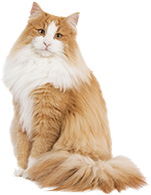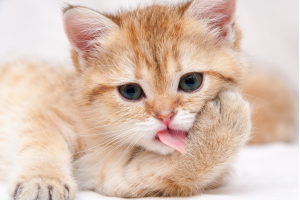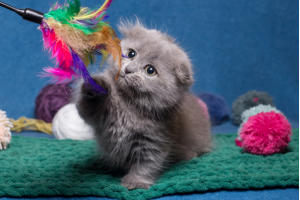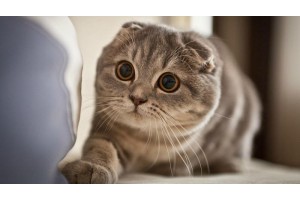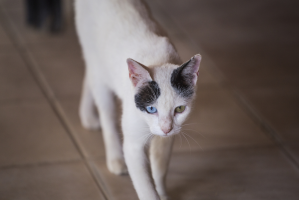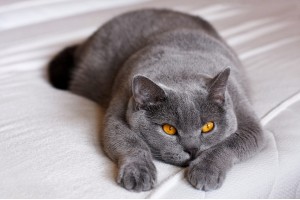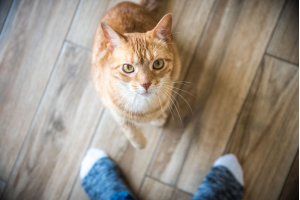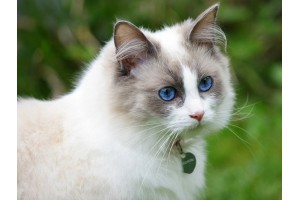What causes urinary tract diseases and tips for prevention
Many cats suffer each day because of the water-depleted diets that humans insist on feeding to them. If you get to witness the tremendous suffering that a cat must endure when his urethra becomes obstructed, you would understand why this subject is so important.
For cat patients with urinary tract problems, it is extremely important for them to increase their water intake. However, because cystitis (inflammation of the bladder wall) is thought to be linked to stress – and implementing a diet change can be stressful - we need to be mindful of this and go slowly.
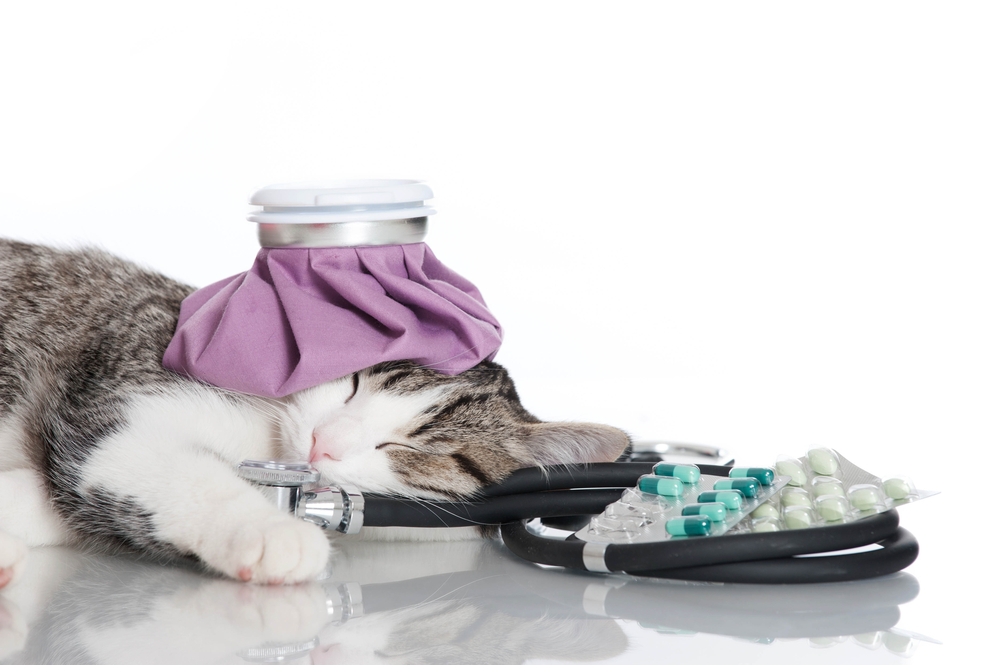
Always keep in mind that water flowing through the urinary tract system is the most important factor in keeping it healthy. That said, please do not make the mistake that so many people make when they say “but my cat drinks plenty of water!”
A cat’s normal prey is ~70% water. Canned food is ~78% water. Dry is ~5-10% water.
Cats have a low thirst drive and they do not make up the deficit at the water bowl. They are designed to get water with their food.
Cats on canned food have shown to consume at least double the amount of total water when compared to dry food-fed cats when all sources of water (food and water bowl) are considered. This will result in approximately double the amount of urine flowing through the bladder. If your cat is on a properly hydrated diet of canned food, then you are on the right track.
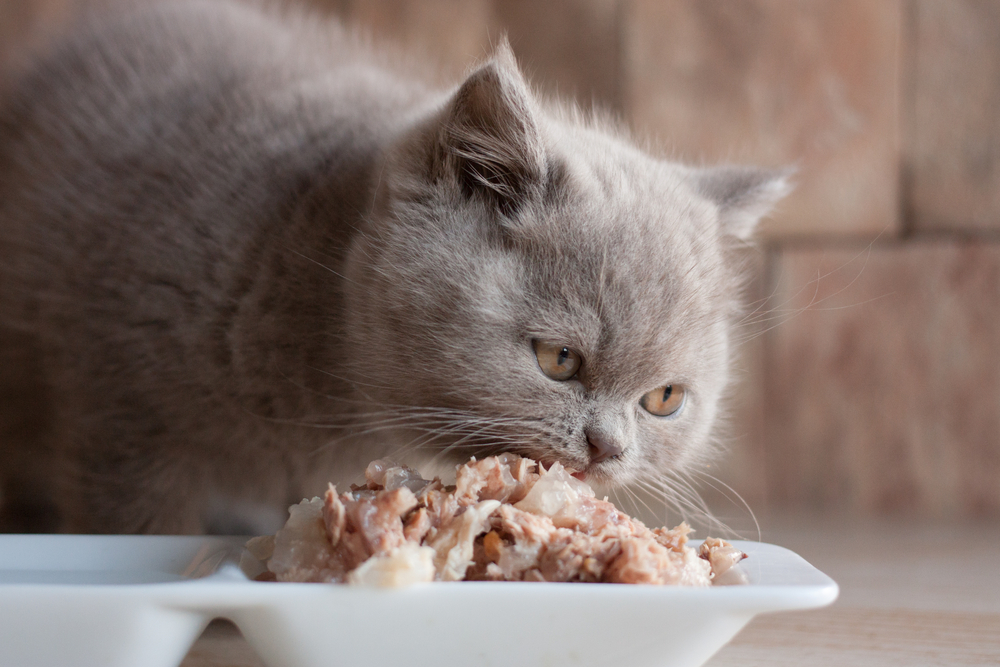
We often receive many enquiries from people asking us what diet to feed their cat after urinary tract problems have been noted. Unfortunately, many of them and their veterinarians have missed the point of water, and have continued to put the cat in danger by feeding/prescribing normal or prescription dry food diet.
Generally speaking, the basic diet recommendation for an average cat with urinary tract issues is a high protein/low carbohydrate diet with added water.
Keep in mind that the best time to implement a diet change is when the cat is healthy. Trying to get an ill cat to embrace a new type of food can be problematic and a cat that is not feeling well may even develop a food aversion if they associate the new food with their discomfort. This is why we always believe in preventative nutrition.
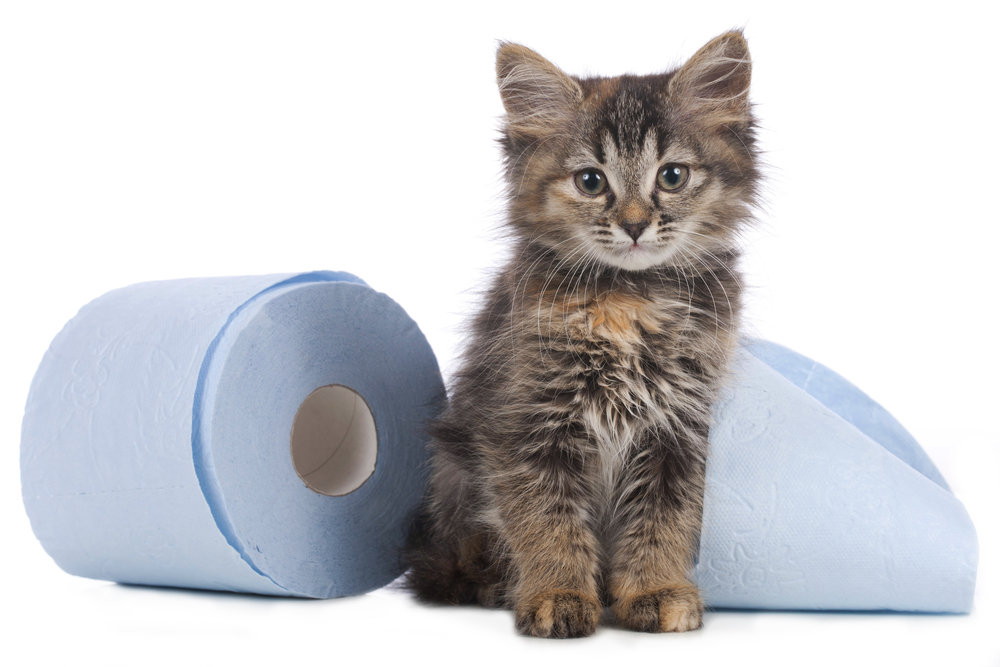
Here are some tricks you can try to increase water consumption:
1) Use a water fountain;
2) Flavored waters such as tuna water, chicken or beef broth, clam juice, lactose-free cat milk etc.
3) Add plain water to wet food – ~1 TBS per meal – or whatever amount your cat likes.
4) You can make your own tuna water by taking a can of tuna and adding 3 cups of water. Tip! Break up the tuna and let it sit for awhile (about 15 - 20 minutes) and pour the water into ice cube trays then freeze it to prolong the freshness.
After warming the flavored ice cubes to ‘mouse body’ temperature you can:
add to canned food or set out as a separate drink of water.
5) What if your cat rejects wet food? Try heating up wet food slightly in the microwave, just enough to give it some warmth so it puts off more fragrance to entice the cat to eat. Be sure to test the temperature with your finger before you serve.
6) Or you can mix your cat’s favourite liquid treat into his wet food. This should be your last resort because consuming large amount of treats is not the healtiest diet. Also don’t do this too often as your cat may get used to it and start rejecting a nothing-added normal meal.
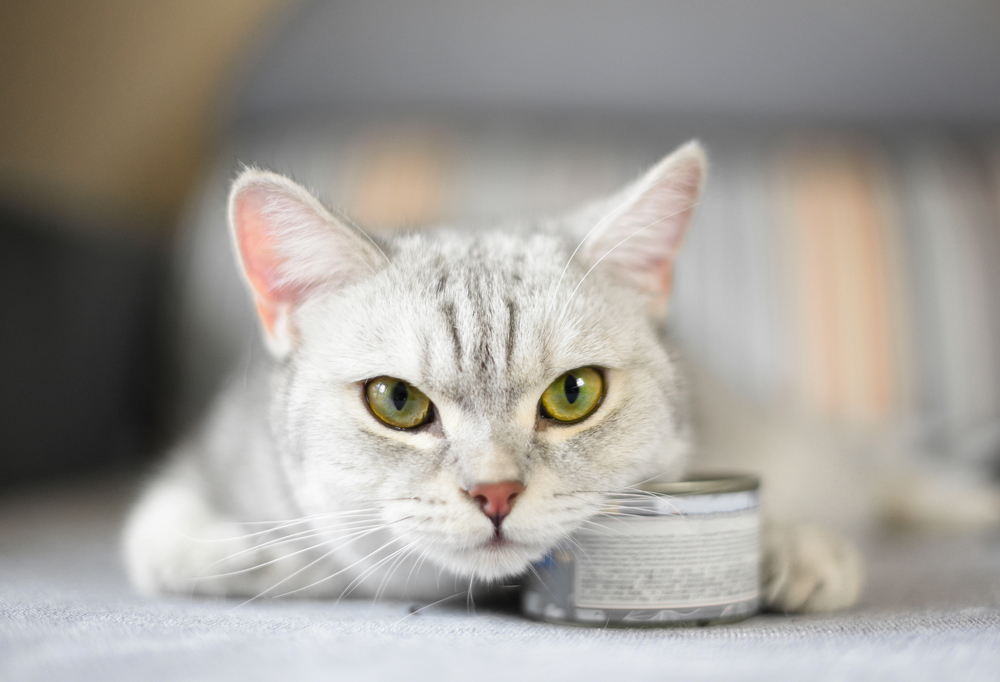
To summarise:
- Feeding a water-rich diet of canned or homemade food is recommended as feeding only dry (water-depleted) food contributes significantly to urinary tract diseases.
- The best preventions for bladder infections are increase water consumption and lowering stress.
- Increase water intake => increased urine output… which is our desired result :>

